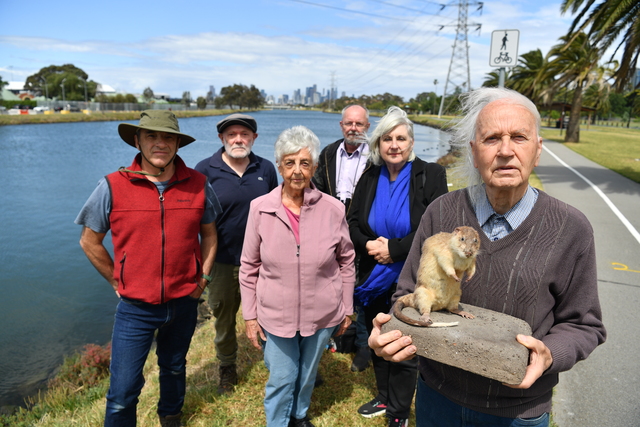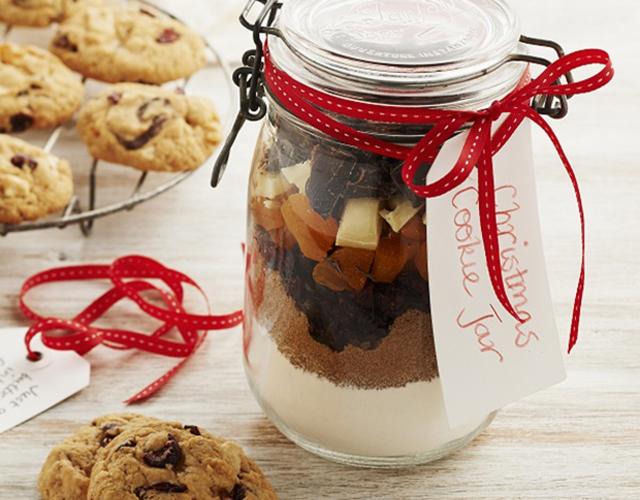Road run-off remains the biggest threat to water quality in the lower Maribyrnong River according to the Maribyrnong River and Waterways Association (MRWA).
The MRWA is demanding authorities including Transport Victoria, Melbourne Water and Maribyrnong council do more to prevent litter and pollution ending up in the river.
“To save the rivers we need to transform the stormwater infrastructure,” said MRWA chair Helen van den Berg.
Ms Van den Berg said hydrocarbons, heavy metals and toxic tyre residue regularly washed off roads and into stormwater drains from where there was nothing to stop them entering the river.
“There’s not one freeway that even has a littler trap,” she said, arguing that litter traps and filtering systems like those used in Europe would reduce the amount of pollution in the river, improve water quality and result in more wildlife
“We could have bigger populations of rakali, waterbugs and fish if we have better quality water and that would also help the white bellied sea eagle which hunts along the river and nests in the big trees along the river.”
Transport Victoria referred inquiries from Star Weekly to Melbourne Water.
Melbourne Water acting service futures general manager Brett Anderson said water quality was monitored at numerous sites along the Maribyrnong, tracking oxygen levels, salinity, nutrients, and some heavy metals.
“Our results show water quality in the Maribyrnong catchment is generally stable but can vary from year to year,” Mr Anderson said.
“Wetter conditions can increase the flow of pollutants into waterways.”
Maribyrnong council chief executive Celia Haddock said the council had already taken measures to address the issue, highlighting the Integrated Water Management Plan that council introduced last year and existing collaborations with community environment groups such as the MRWA and Tangaroa Blue who run the ‘Let’s Strain the Drains’ project.
“Within the city of Maribyrnong this project included inserting 20 litter traps into the stormwater network at key litter hot spots, such as shopping centres, public transport terminals, and industrial and commercial precincts, then removing and auditing the pollutants to inform relevant education campaigns,” she said.
“Furthermore, council manages a variety of water sensitive urban design (WSUD) assets to improve stormwater runoff, such as gross pollutant traps, tree pits, swales, raingardens and stormwater quality treatment wetlands.”







